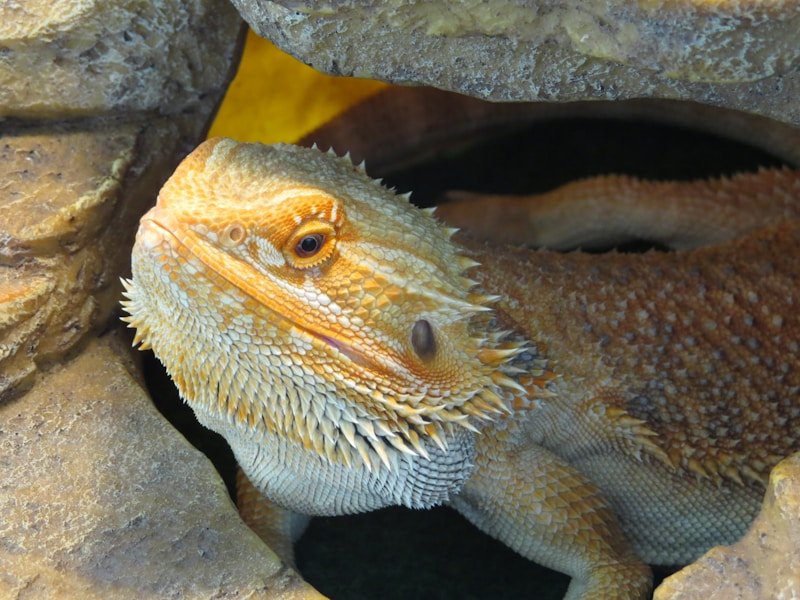Herpetology, the study of reptiles and amphibians, is a fascinating and often misunderstood branch of biology. This field covers a wide variety of animals that are unique in both their biology and behavior. Reptiles and amphibians are critical to ecosystems around the world, playing essential roles in food webs and contributing to biodiversity. In this article, we will explore the basics of herpetology, the characteristics of these two groups, their ecological significance, and conservation challenges they face.
What Are Reptiles and Amphibians?
At the most basic level, reptiles and amphibians are both vertebrates, meaning they have backbones. They belong to distinct biological classes, but they share certain similarities, such as their cold-blooded (ectothermic) nature, meaning they rely on external heat sources to regulate their body temperature.
-
Reptiles include animals like snakes, lizards, turtles, and crocodiles. They are characterized by their dry, scaly skin, which helps prevent water loss, and most species are adapted to life on land. Reptiles have internal fertilization, and most lay eggs with leathery shells.
-
Amphibians, on the other hand, include frogs, salamanders, and newts. These animals have smooth, moist skin, and they typically live both in water (during their larval stages) and on land as adults. Amphibians undergo metamorphosis, changing from aquatic larvae (like tadpoles) to terrestrial adults.
The Role of Herpetology in Understanding Biodiversity
Herpetologists are scientists who specialize in the study of reptiles and amphibians. Their research plays a critical role in understanding biodiversity and ecosystems. These creatures are vital to food webs and serve as both predators and prey. For example:
-
Predators: Many amphibians and reptiles are important insectivores, helping to control insect populations, including pests that damage crops and carry diseases.
-
Prey: Reptiles and amphibians themselves serve as food for larger animals, like birds and mammals, creating a balance in nature.
By studying these animals, herpetologists can track changes in ecosystem health. Because many reptiles and amphibians are sensitive to environmental changes—such as shifts in temperature or humidity—they often serve as early indicators of ecological shifts caused by climate change or habitat loss.
Ecological Importance of Reptiles and Amphibians
Reptiles and amphibians are essential for maintaining ecological balance. They fill crucial niches in their environments, influencing both the biological and physical characteristics of their habitats. For example:
Insect Control: Species like frogs, toads, and lizards consume large quantities of insects, helping to keep insect populations in check. In tropical regions, some reptiles are even known to eat pests like mosquitoes, which can carry diseases.
Seed Dispersal: Certain reptiles, such as tortoises, help in seed dispersal by consuming fruits and spreading the seeds over wide areas. This is crucial for plant reproduction and maintaining healthy ecosystems.
Soil Health: Amphibians, especially frogs and toads, are often found in moist, rich soil environments. As they burrow or move through the soil, they contribute to aeration and nutrient mixing, which benefits plant growth.
Additionally, amphibians are particularly important in freshwater ecosystems. Their presence in lakes, ponds, and rivers helps maintain water quality by feeding on small invertebrates and contributing to the balance of aquatic habitats.
Conservation Issues: Threats to Reptiles and Amphibians
Unfortunately, reptiles and amphibians are facing numerous challenges, many of which are linked to human activities. Their populations are declining globally due to factors like habitat destruction, climate change, disease, and pollution. Some of the most significant threats include:
-
Habitat Loss: Urbanization, agriculture, and deforestation are leading to the destruction of natural habitats. Wetlands are drained for development, forests are cleared for farming, and rivers are dammed or polluted, all of which severely impact amphibians and reptiles.
-
Climate Change: Since many amphibians and reptiles rely on specific environmental conditions to thrive, changing temperatures and rainfall patterns can disrupt their life cycles. Amphibians, in particular, are highly sensitive to temperature and moisture changes, which can lead to population declines and extinctions.
-
Diseases: The spread of diseases like chytridiomycosis, a fungal infection, has devastated amphibian populations worldwide. This disease has caused declines in species that were once common in many regions, including frogs and salamanders.
-
Pollution: Chemicals such as pesticides, heavy metals, and plastics are accumulating in the environments of reptiles and amphibians, impacting their health. For example, pesticides can directly harm these animals or disrupt the food chain by killing their prey.
Conclusion
Herpetology provides valuable insights into the biology, behavior, and conservation of reptiles and amphibians. These animals play key roles in maintaining ecological balance, from controlling insect populations to promoting plant growth. However, they face numerous threats that require urgent attention. By studying and protecting these fascinating creatures, we can help ensure the health of ecosystems and preserve biodiversity for future generations. Whether you are an aspiring herpetologist or just an animal enthusiast, understanding the importance of reptiles and amphibians is crucial for a well-rounded view of the natural world.

